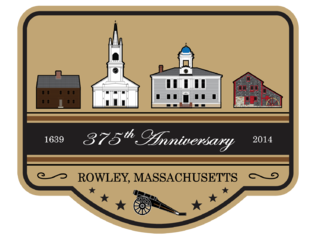
The thing about research trips, or any sort of travel, is that you never know what you will discover. Case in point: Rowley, Massachusetts, a small town, population 6,161, on the Massachusetts North Shore. Prior to my visit to the Phillips Library, now located in Rowley, I knew nothing about this delightful small town that in many ways resembles the set of a Hallmark movie.
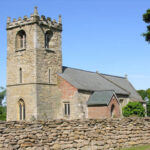
Less famous than Boston, Plymouth, or Salem, Rowley is also was settled by English Puritans. Possibly to his surprise, Reverend Ezekiel Rogers [whom several people I met in Rowley called Zeke] arrived with his followers in 1639. Twenty years before, Rogers was appointed as the 24th pastor of St. Peter’s Church in Rowley, Yorkshire. It appeared to be a lifetime appointment, until 1636 when, according to one source, he was “suspended and driven into New England,” because he refused to read the Book of Sports from the pulpit, as required by King Charles I.
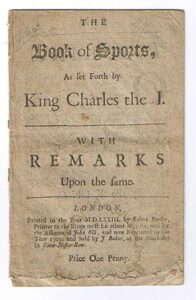
Puritans believed that the Sabbath was sacred for prayer and church attendance. The king decreed that so long as people attended church, they could engage in afternoon leisure activities the Puritans deplored, including archery, leaping, and Morris dances. Bowling and bull-baiting were excluded.
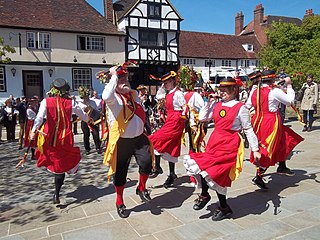
King Charles required all ministers to read the list of allowed sports from the pulpit and declared that any minister who refused to do so would lose his position. Hence, Zeke’s exodus to America with twenty other Puritan families.
On September 4, 1639, the General Court at Boston authorized the new settlement, noting Mr Ezechiel Roger’s Plantation Shall bee Called Rowley, Massachusetts. In December, Reverend Rogers once again had a church where he served until his death in 1660.
When the new settlers arrived at what was then called the Great Marsh, Chief Masconomo, sagamore of the Agawam tribe among the Algonquian peoples, controlled the area. At some point, Chief Masconomet agreed to a quitclaim deed that ceded tribal lands to English settlers in what became Essex County for the equivalent of £20 [$100]. Later, in 1700, the town of Rowley paid his descendants an additional £9 for a separate quitclaim deed.
The Salt Marsh nurtured the people who lived nearby. During the warmer months the Native Americans, and later the settlers, lived on the natural resources available from the marsh, in particular, fish, shellfish, and waterfowl. The grasses were used for insulation during the harsh winters and also for roofing and livestock bedding, because it was difficult to burn. Cows fed with the marsh hay were said to give richer milk. The first settlers divided the Salt Marsh and its bounty among themselves.
Margaret Scott: Accused Witch
In 1692 Rowley found itself embroiled in the witchcraft hysteria. In particular, Margaret Scott was indicted and hanged on September 22, 1692. The indictment against Margaret stated that:
“Margaret Scott of Rowley in the county of Essex, widow, about the latter end of July or beginning of August in the year aforesaid and divers other days and times, as well before as after certain testable arts called witchcraft and sorceries wickedly ,maliciously, and feloniously hath used practiced and exercised at and in the town of Rowley in the county of Essex aforesaid in upon and against one Mary Daniel of Rowley ,aforesaid single woman, by which wicked acts the said Mary Daniel …was and is tortured, afflicted, consumed, Pined, Wasted, and Tormented, and also for sundry other acts of witchcraft…against the peace of our sovereign lord and lady the king and queen, their crown and dignity, and the form of the statute in that case made and provided.”
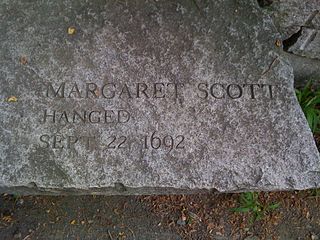
On October 31, 2001, Margaret Scott was officially exonerated from accusations of witchcraft. She, along with others executed for witchcraft, has a memorial bench at the Salem Witch Trials Memorial. In March 2011, Margaret’s original indictment was sold at a New York auction for $26,000.
Rowley & the War for Independence from Britain
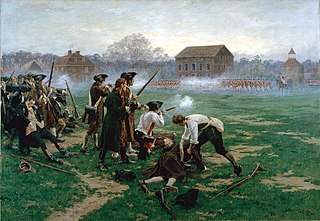
By the 1750s, Rowley was an established community of presumably likeminded people. After the French and Indian War concluded in 1763, tensions rose between the King and his subjects in America. Americans grumbled about high taxes. The British were outraged by American efforts to smuggle items into the colonies without paying tax. Young men in Boston and other parts of Essex County formed units for the Sons of Liberty.
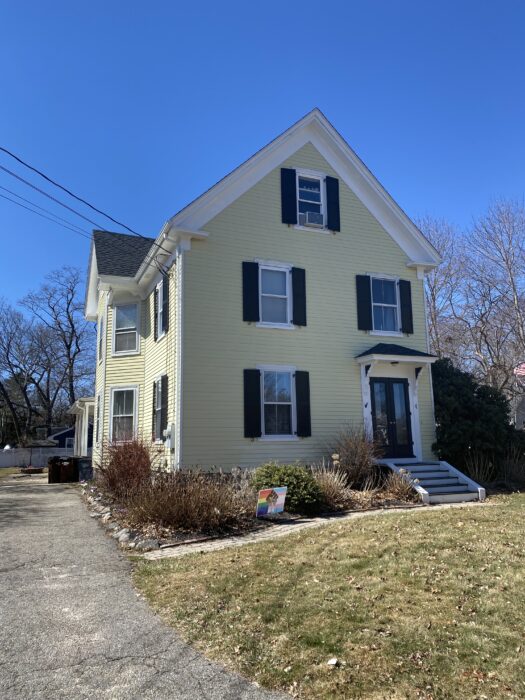
In 1775, shots were fired at nearby Lexington and Concord. The selectmen at Rowley began preparations for the struggle ahead. In May 1775 Rowley citizens, along with other townships in Essex County, took several steps towards separation. Rowley provided a blanket to any Rowley soldier who enlisted with the provincial militia. Citizens elected a representative to the Provincial Congress, and voted that if the Continental Congress declared American independence, the citizens of Rowley would support that resolution with their lives and fortunes. That strand of history seems very close when one walks the streets of Rowley today. More about the historic homes of Rowley in the next blog.
✍️ ✍️ ✍️
Illustrations
Alternate Version of official Rowley logo by Rowley 375 Committee.
St. Peter’s Church, Rowley, Yorkshire. Attribution: George Robinson.
Cover, Book of Sports.
Morris Dancers in Midhurst, 2014 by Simon Burchell.
Margaret Scott Marker at Witch Trials Memorial, Salem MA by Dana Huff.
Battle of Lexington by William Barnes Wollen, 1910.
Thomas Gage. History of Rowley. Boston. 1840.

Sandra Wagner-Wright holds the doctoral degree in history and taught women’s and global history at the University of Hawai`i. Sandra travels for her research, most recently to Salem, Massachusetts, the setting of her new Salem Stories series. She also enjoys traveling for new experiences. Recent trips include Antarctica and a river cruise on the Rhine from Amsterdam to Basel.
Sandra particularly likes writing about strong women who make a difference. She lives in Hilo, Hawai`i with her family and writes a blog relating to history, travel, and the idiosyncrasies of life.

